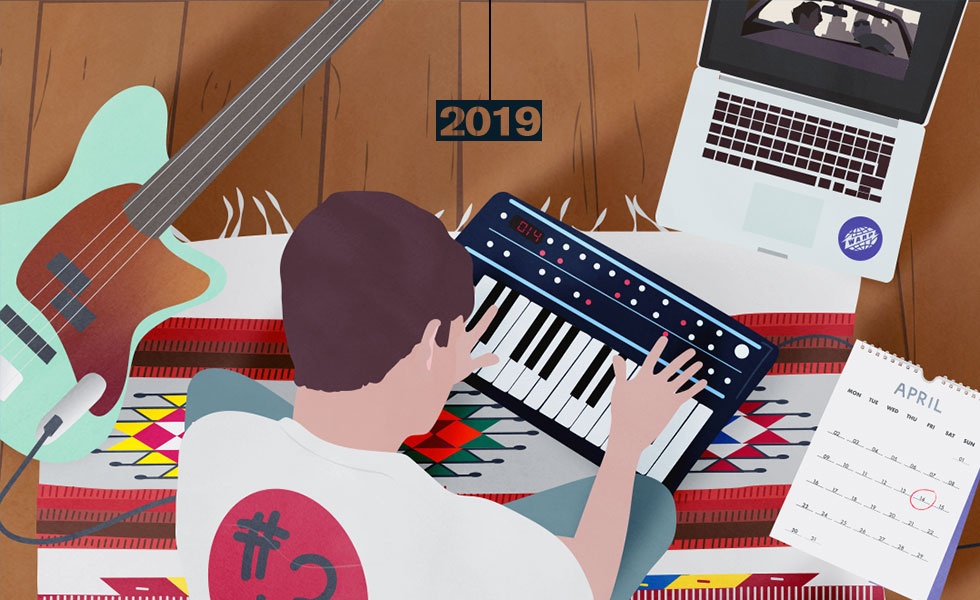The Bass Station Story
Released in 1993, the original Bass Station synthesiser was the second piece of hardware ever created by Novation and it's now hailed as one of the most important in the company’s history.
Novation's first release was the MM10, a portable, battery powered MIDI controller designed primarily to offer expanded, hands-on access to the Yamaha QY10 music workstation. When creating Bass Station, synthesiser developer Chris Huggett took the outer shell of MM10 and added the same Filter and VCA as his now legendary Wasp synthesiser to develop an instrument with it’s own unique sound and instant pedigree.
A two oscillator subtractive synthesiser with a distinctive, warm signal path and MIDI transmission; Bass Station brought real analogue character and previously elusive genre-defining sounds to the studios and live rigs of many. Bass Station broke the mould: it had it’s own unique boisterous analogue character and the ability to accurately reproduce the sounds of many celebrated dual-oscillator analogue monosynths.
It was particularly celebrated for its ability to mimic the Roland TB303: a synthesiser that played a crucial role in the development of contemporary electronic dance music and helped define house music as we know it today. Only 10,000 TB303 synthesisers were ever produced, and demand made them cost prohibitive to the average electronic musician - but Bass Station could recreate their sounds at a fraction of the cost, with the addition of full subtractive synthesis control, MIDI transmission and full-size, velocity-sensitive keys. Bass Station was one of the first new analogue synths to hit the music market since the 1980's, a time when interest in analogue hardware was peaking. As Nick Bookman, one of Bass Station’s creators explains,
“Analogue synths up to then had been in decline in use as the big digital synths became popular, but then second hand prices started climbing – particularly for things like TB303.”
Nick believes that timing was a key factor in Bass Station’s success,
“It really fitted musicians needs at the time. Bass Station came at a time when people were realising that there was a lot to be gained by using tactile hardware and tweaking controls in real-time”.
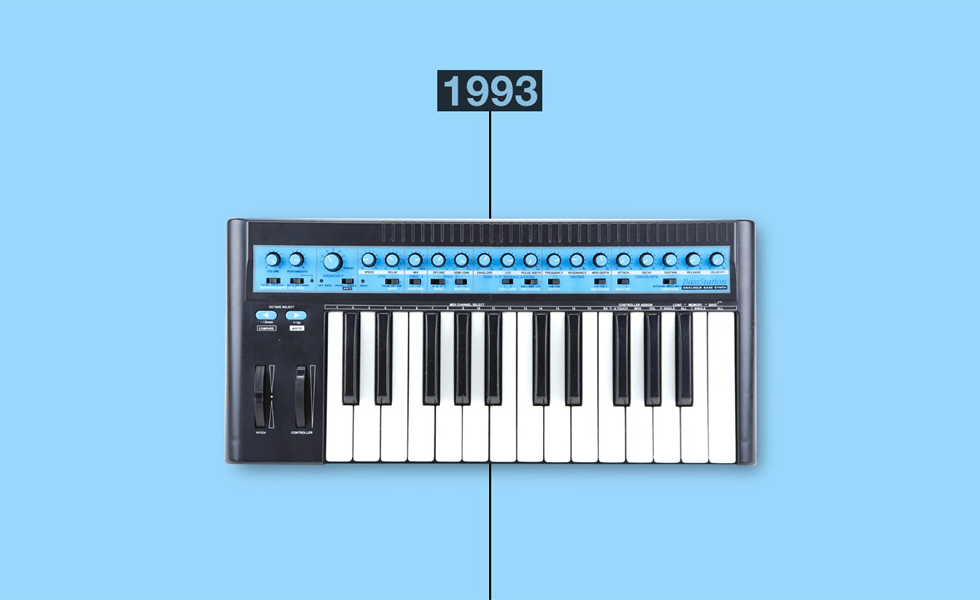
Bass Station’s signature sound was achieved using flexible, digitally-controlled oscillators (DCO’s), classic waveforms and a warm analogue 12db / 24db filter, combined with a modern twist: real-time MIDI transmission. This was quite a rarity at the time, and allowed for expressive live ‘tweaking’ to be captured and recorded. Parameters could also be automated, making Bass Station perfect for studios and live performance.
The success of Bass Station resulted in a demand for more, leading to the release of Bass Station Rack in 1994. This was much more than just a key-less version of Bass Station and featured several huge improvements, most notable of which was expanded memory and a LCD display that allowed for easier navigation of custom sounds. Sound creation was stepped up: the LFO’s could now sync to MIDI clock and more parameters were now able to transmit MIDI data. Envelopes could be controlled in a variety of ways and the I/O was improved; the rack version featured the addition of switchable CV and Gate in and out, an all important external input to the filter for processing external sound sources and MIDI thru making it easier to integrate into a rack configuration.
The next addition to the range, Super Bass Station, featured a sub oscillator that greatly expanded its sonic palette. A ring modulator and a white noise generator further increased Bass Station’s sound design abilities. The range of available effects were increased in the form of analogue distortion and stereo analogue chorus. A new mixer section meant that sources could now be combined to create complex multitimbral sounds and the memory locations were super sized - the original Bass Station had just 7 memory locations, whereas Super Bass Station had 150 RAM locations and 50 ROM locations that could be quickly and easily accessed.
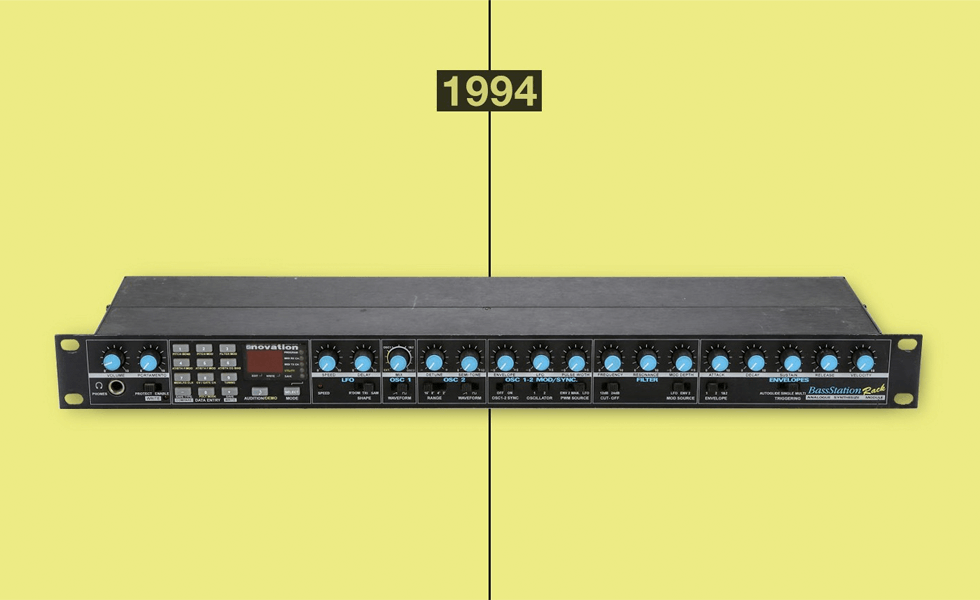
The Bass Station range has featured in many popular productions, used by artists including Massive Attack, Orbital, Everything Everything, Josh Wink, Nine Inch Nails, Super Furry Animals, Underworld, Apollo 440, RZA (Wu Tang Clan), Radiohead, Jimi Tenor, Laurent Garnier, and Sneaker Pimps to name just a few. Now a classic in its own right, the latest addition to the Bass Station family has all of these famous qualities distilled into one feature-packed unit. Bass Station II is a fully analogue monosynth with digital control for instant patch storage and recall. It shares many design cues with the original: the same ‘state variable filter’ remains, as does its distinctive unruly character and its ability to replicate many boutique analogue mono synths - plus so much more. Bass Station II is hardier and better equipped for the rigours of touring and live performance than its predecessor. The improved multimode filter now features a dedicated ‘Acid' mode and separate diode ladder filter. The introduction of filter frequency modulation from the oscillator has opened up Bass Station II for more than just bass and lead duties. Among the host of improvements to the oscillators and LFOs, Bass Station II comes equipped with a built-in arpeggiator and 32-step sequencer, extending performance techniques by allowing for expressive hands-free tweaking.
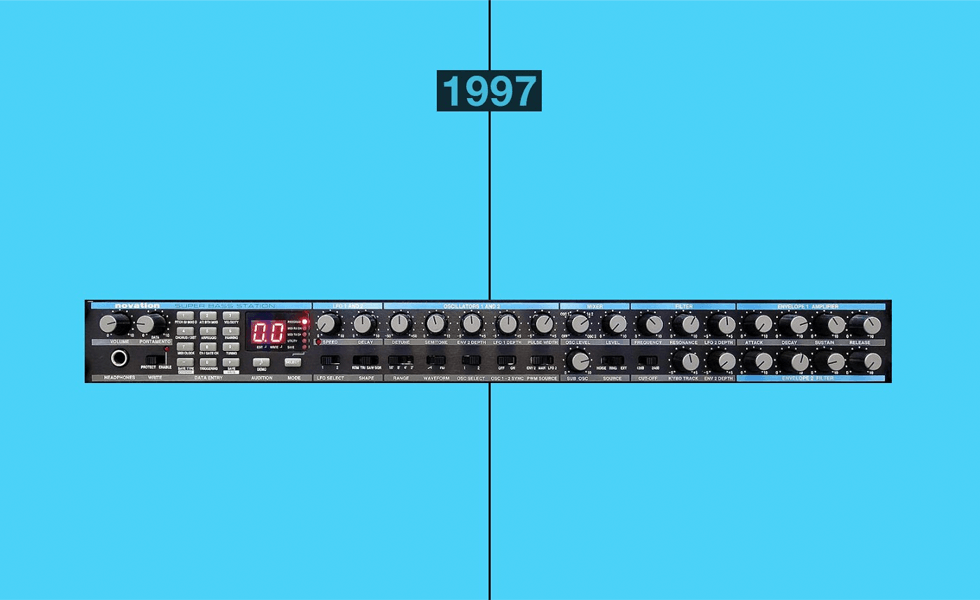
Born from a desire to create a real analogue synthesiser with its own unique sound, Bass Station brought authentic Wasp-infused analogue character to music producers around the world, pioneered the integration of MIDI automation and laid the foundations for a family of products that have helped to define modern day electronic music. Building on this rich heritage, Bass Station II delivers a dose of untamed analogue aggression that retains all of the features refined along the way.
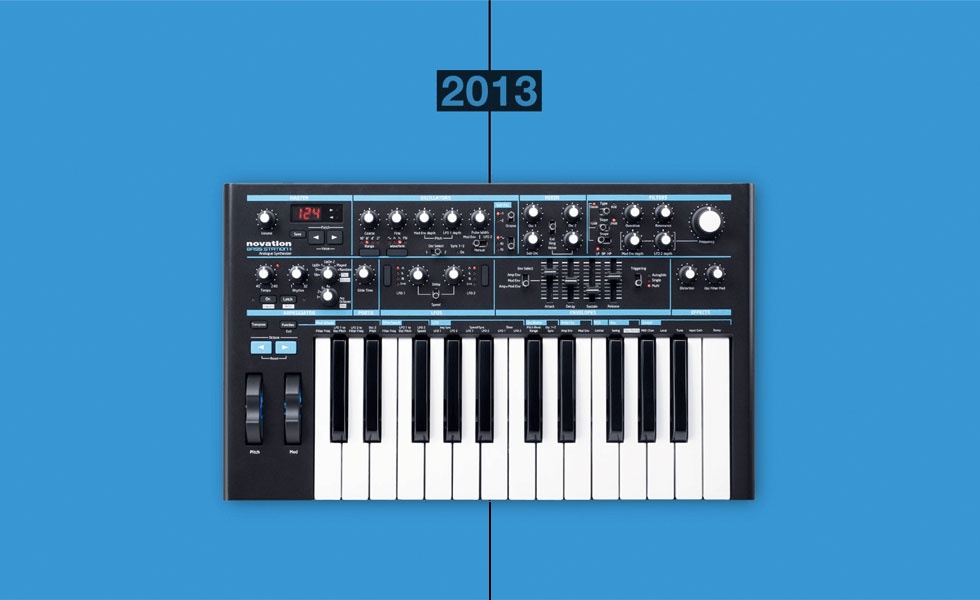
2018 marked the 25th anniversary of Bass Station, and Novation celebrated that impressive milestone with the release of the Bass Station II v2.5 firmware update.
The update introduced a number of frequently-requested and significant new features to Bass Station II, demonstrating the company’s ongoing commitment to developing the synth.
Perhaps the most welcome addition was Paraphonic Mode, enabling the pitches of the two oscillators to be controlled independently for the generation of two simultaneous notes. This proved particularly effective when used in conjunction with the newly added oscillator error feature, which brought analogue-style drift and random tuning variance, and microtuning. Microtuning made five tuning tables available for altering the mapping of note frequencies to keys.
Envelope retriggering was another transformative upgrade, allowing Bass Station II’s Amp and Mod envelopes to be restarted after the decay stage for LFO-style cyclical modulation. Finally, the implementation of filter tracking tied cutoff frequency to note pitch, resulting in a brighter sound with rises in pitch.
The v2.5 firmware update elevated Bass Station II in terms of both sound and versatility.
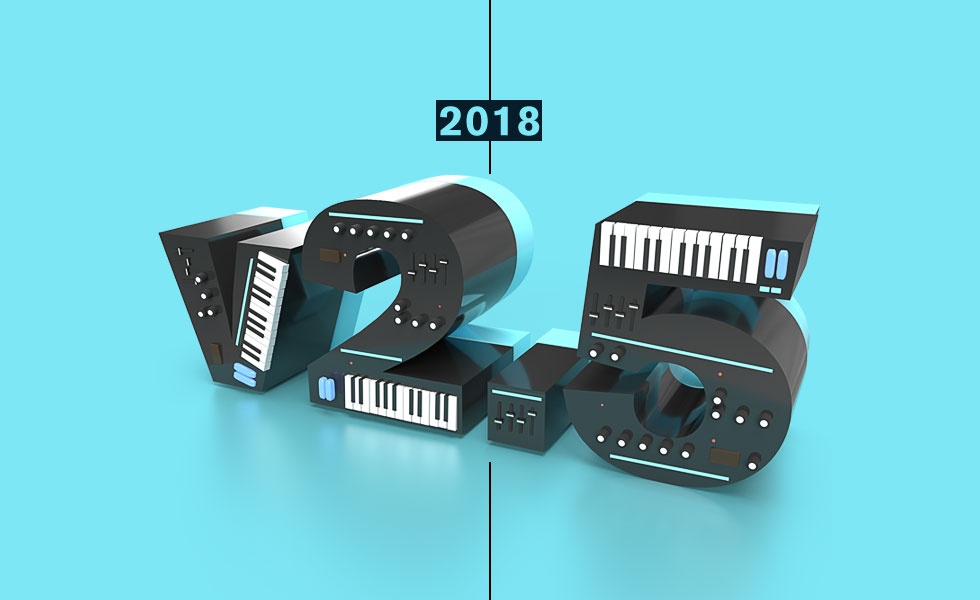
In 2019, we released the Bass Station II Firmware v4.14 update, the headline feature of which came about through a direct collaboration with electronic music legend Richard James, aka Aphex Twin.
James approached us with the concept of being able to assign a discrete set of synthesis parameters to each note of Bass Station II, either variations on a ‘seed’ patch or disparate sounds designed to constitute a chimeric whole. Clearly, refusal wasn’t an option, so our engineers set about the not-insignificant task of realising his vision. The architectural result was AFX Mode, whereby any Bass Station II patch could be modified on a key-by-key basis to introduce subtle changes up and down the keyboard; divide the keyboard into multiple zones, each playing its own sound; or create entire drum kits in a single preset. A truly inspiring system, AFX Mode opened Bass Station II up to a whole new world of sound design and performance possibilities.
As well as that, Firmware v4.14 introduced user control of envelope sustain length and retrigger count, the ability to detune the sub-oscillator, and the divergence of Oscillator 2’s glide time relative to Oscillator 1 for interesting portamento effects. Arguably Bass Station II’s most radical update yet, Firmware v4.14 – and, most notably, AFX Mode – raised the bar once again.
